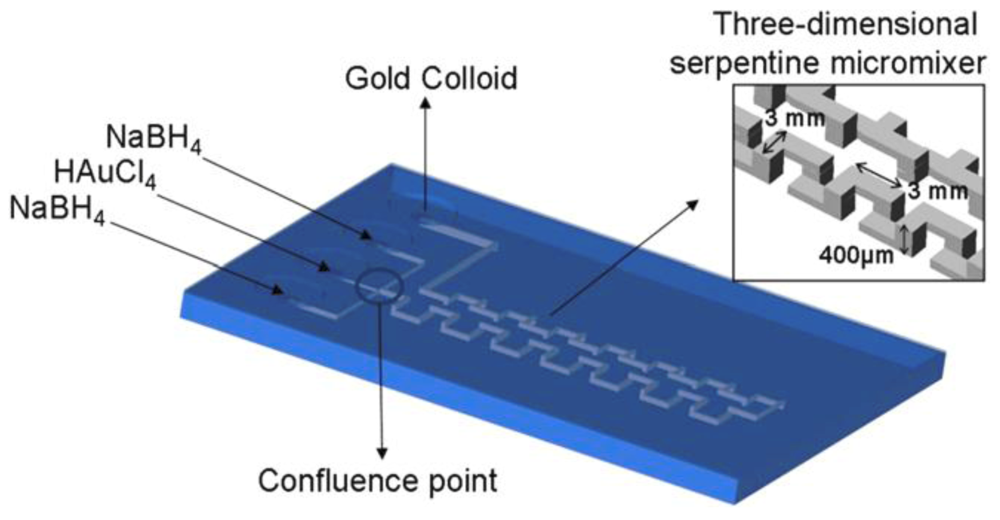Table of Contents
Table of Contents
| Figure 1: Microfluidic Channel [1] |
What are Microfluidics?
Microfluidics relates to the transport and manipulations of fluids constrained to the one micrometer to hundred micrometer range. The field of microfluidics has numerous applications in systems that manipulate fluids at a small-scale such as in the case of Lab on a Chip (LOC) Technology. [2] LOC Technology is miniaturized laboratory functions on a chip that allow the system to achieve multiplexing and high-throughput screening. [2] Compared to macroscale devices, microfluidic devices provide various advantages such as shorter processing times, real-time data collection, and fewer materials which is why the advancement of this technology is crucial. [2]
Microfluidics and Nanotechnology
Microfluidic devices prove useful during the synthesis of nanoparticles. The nanoparticles synthesized utilizing microfluidics has increased product yield and decreased reaction time. [2] As well, there is improved heat and mass transport in microfluidic channels that prevent the cluster growth and polydispersity of nanoparticles. [2]
| Figure 2: Nanogold synthesis on a Microfluidic Chip [3] |
Contributors:
| Contributors Summary | ||||
|---|---|---|---|---|
|
Faculty Advisor: Ahmad Ghavami

